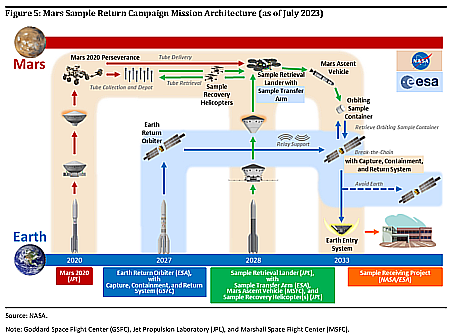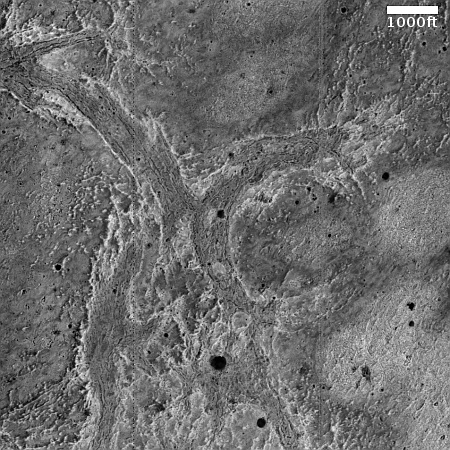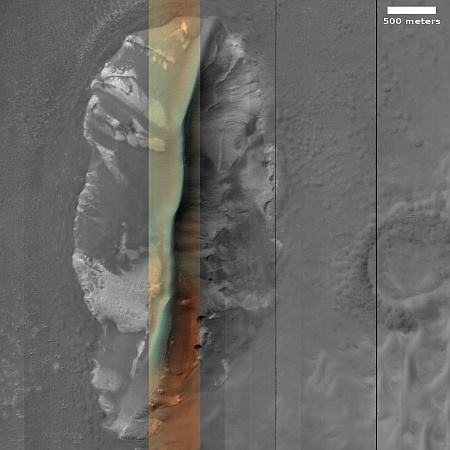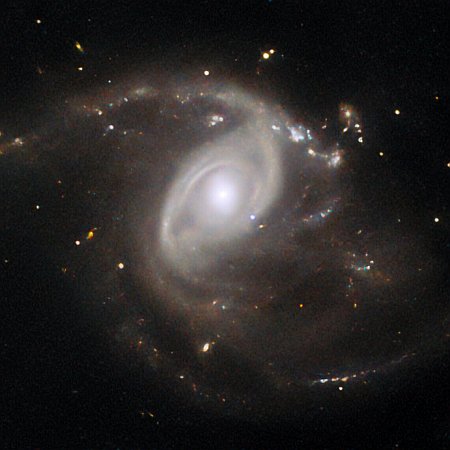
The previous plan for Mars Sample Return
In a press briefing today, NASA officials announced it is considering two options for getting Perseverance’s Mars samples to Earth sooner and what it hopes will for less money.
In the first option, NASA would use already available and operational rockets to launch a larger rover to Mars, landing using a sky crane similar but larger than the one used successfully by both Curiosity and Perseverance. This rover would also have nuclear power system used by those rovers, as well as an arm similar to theirs, simplifying the design process. Under this option it appears NASA is abandoning the use of a helicopter for retrieval, as had previous been considered.
In the second option, NASA would rely on what administrator Bill Nelson called “the heavy-lifte capability of the commercial sector.” He specifically mentions SpaceX’s Starship/Superheavy and Blue Origin’s New Glenn, but added that they are looking at the capabilities of the entire private sector right now.
In both operations, the retrieval rover would clean on Mars the outside of the cores to prevent them from contaminating Earth with Martian particles. Previously that cleaning process was to take place in space on the way back. They claim this change also simplifies things.
The final decision on which option to choose is now scheduled for 2026. NASA likely wishes to see more progress with getting Starship/Superheavy as well as New Glenn operational before deciding.
Note that at this press conference very little was said about the Mars ascent rocket, presently supposedly being built by Lockheed Martin. This is essentially building a full scale rocket only slightly less powerful that Earth-based rockets by a company that has never done it before. It seems the second option is likely going to include other options and other rocket companies for this task. The lack of mention suggests NASA was uncomfortable with mentioning this possibility.
In general, this project still feels incomplete and poorly thought out. Major components — such as the ascent vehicle — have not been worked out properly. The officials claimed these changes would make it possible to bring the samples back in the ’35-’39 time frame but I don’t believe it. What it does do is guarantee a large cash influx to NASA, something administrator Bill Nelson lobbied for during the conference, for the next decade-plus. And I think that was the real goal.





